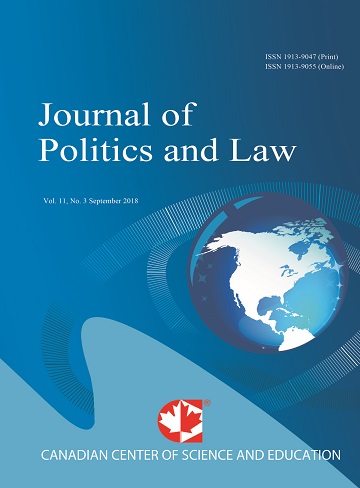An Analysis of Common Security and Defence Policy’s (CSDP) Strategic Communication (StratCom)
- Kieran Doyle
- Tedla Desta
Abstract
Strategic communication (StratCom) is established as one of the key functions and interests of contemporary organisations and governments. The usefulness and importance of strategic communication becomes even more essential when the organisation is defence and security-focused or involved in crisis management. The objective of this study was to assess the strategic communication practices, and inherent challenges of communicating Common Security and Defence Policy (CSDP) and present relevant reflections. A documentary analysis of the relevant EU websites and social media pages of 16 CSDP missions and operations was conducted. This was supplemented with eight key-informant interviews with Press and Public Information Officers (PPIOs) of CSDP and EU strategists.
The research demonstrated that most CSDP missions and operations are present on most social media platforms but they often garner very small number of likes, comments, shares, replies or interactions from their targeted audiences. Features of an echo-chamber are also observed. The study also found that public affairs (information) and public diplomacy were the two main forms of strategic communication that the CSDP utilises. CSDP’s strategic communication also tends to take a one-way StratCom process. The challenges faced in terms of StratCom by CSDP are not uniform; they are contextual ranging from resource, translation to mismatch of expectations. The major challenge, however, emanates from the structural problems of CSDP or the EU itself that are beyond the European External Action Service (EEAS) or the relevant Press and Public Information Offices (PPIOs). The study recommendations include quicker EU level political and policy compromise on CSDP, training and resource improvements for StratCom, ‘storytelling and use of real people’, highlighting gender, rights and local ownership, increasing the link with the international media and regular and appropriate self-appraisals.
- Full Text:
 PDF
PDF
- DOI:10.5539/jpl.v14n2p56
Journal Metrics
h-index (2017): 14
i10-index (2017): 39
h5-index (2017): 9
h5-median (2017): 11
Index
- Academic Journals Database
- ACNP
- ANVUR (Italian National Agency for the Evaluation of Universities and Research Institutes)
- Berkeley Library
- CNKI Scholar
- COPAC
- CrossRef
- DTU Library
- EBSCOhost
- Elektronische Zeitschriftenbibliothek (EZB)
- EuroPub Database
- Excellence in Research for Australia (ERA)
- Genamics JournalSeek
- GETIT@YALE (Yale University Library)
- Ghent University Library
- Google Scholar
- Harvard Library
- HeinOnline
- INDEX ISLAMICUS
- Infotrieve
- Jisc Library Hub Discover
- JournalGuide
- JournalTOCs
- LOCKSS
- MIAR
- Mir@bel
- NewJour
- Norwegian Centre for Research Data (NSD)
- Open J-Gate
- PKP Open Archives Harvester
- Publons
- Pubmed journal list
- RePEc
- ROAD
- Scilit
- SHERPA/RoMEO
- Standard Periodical Directory
- Stanford Libraries
- UCR Library
- Ulrich's
- UniCat
- Universe Digital Library
- UoS Library
- WorldCat
- Zeitschriften Daten Bank (ZDB)
Contact
- William TaiEditorial Assistant
- jpl@ccsenet.org
